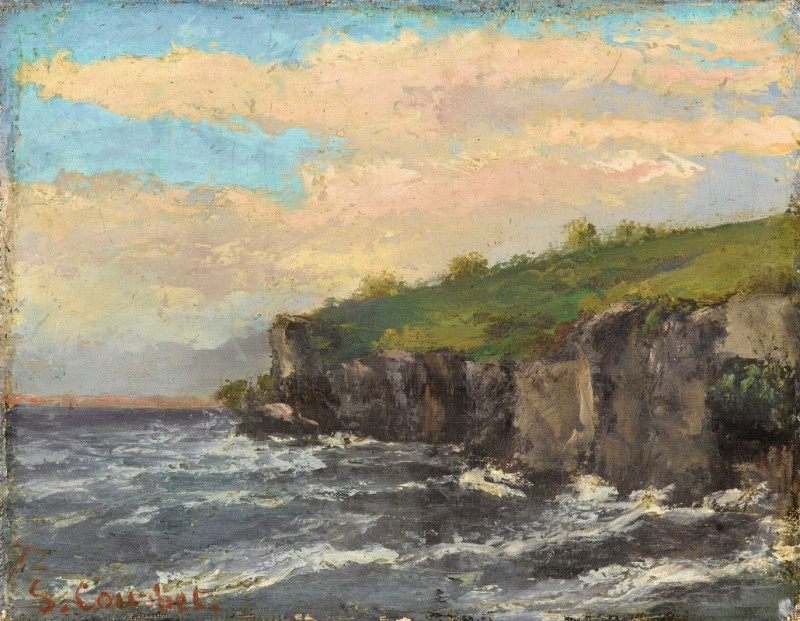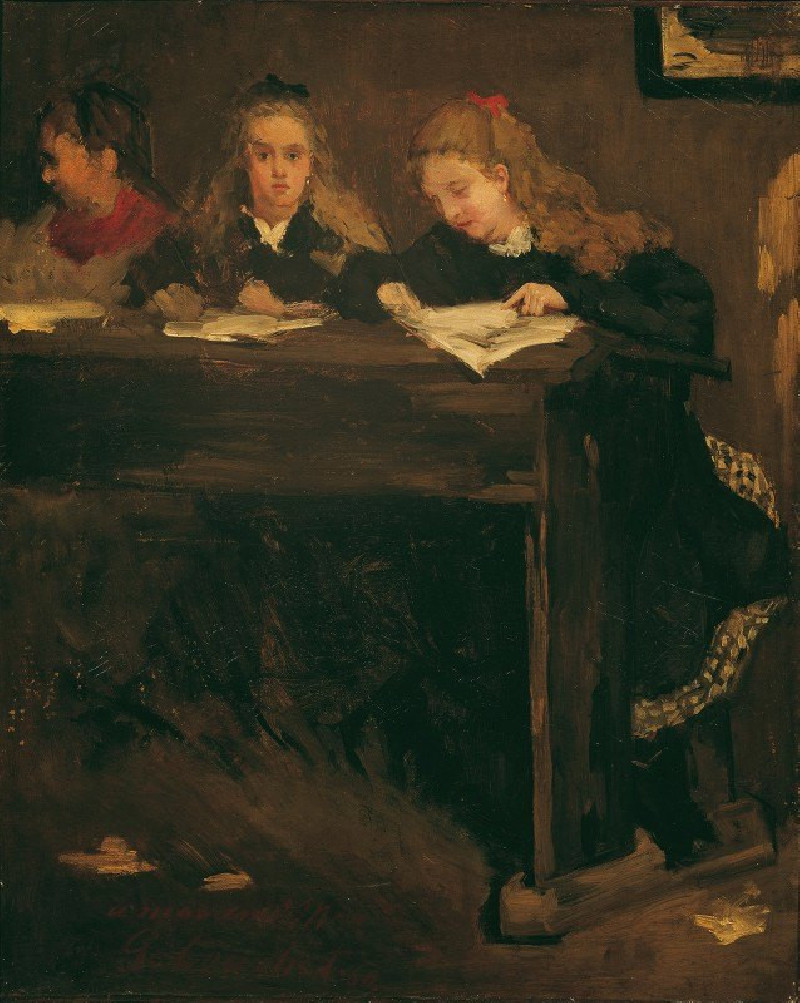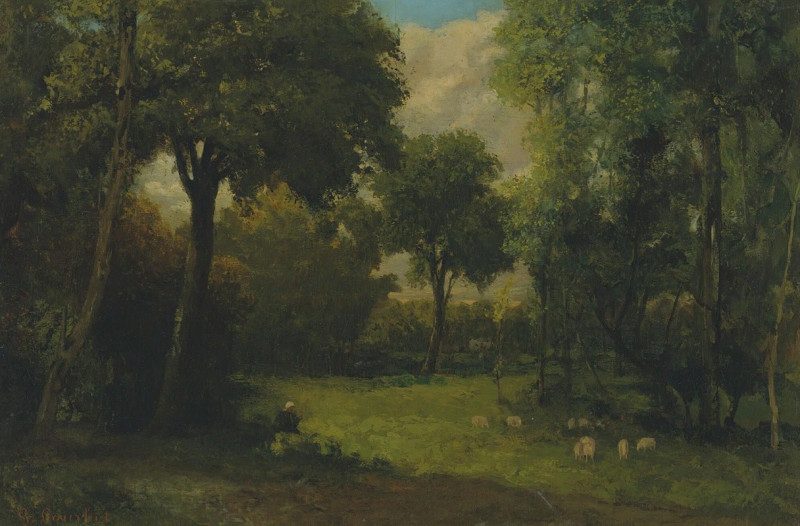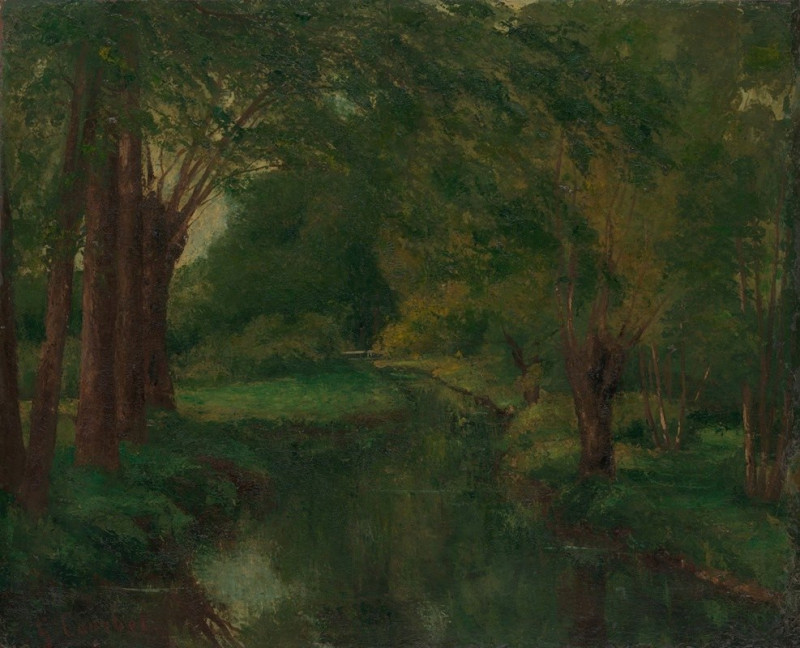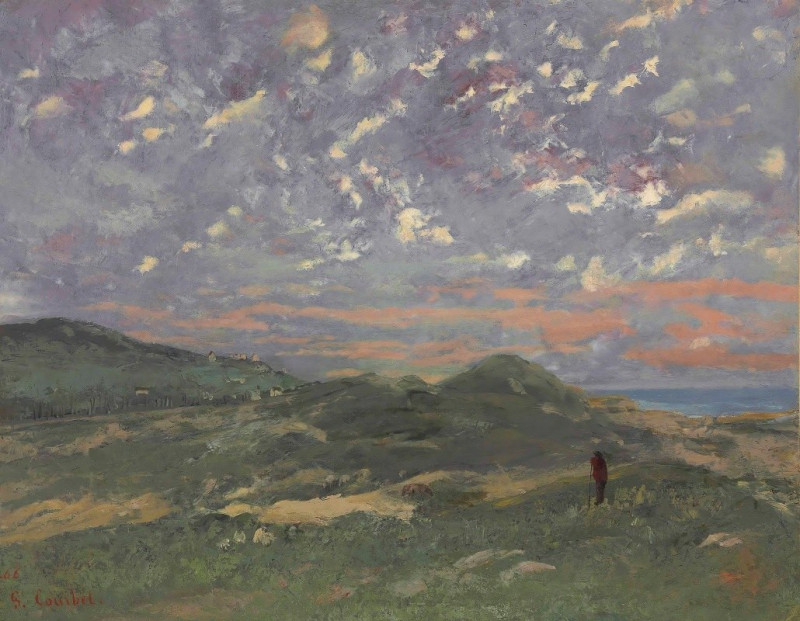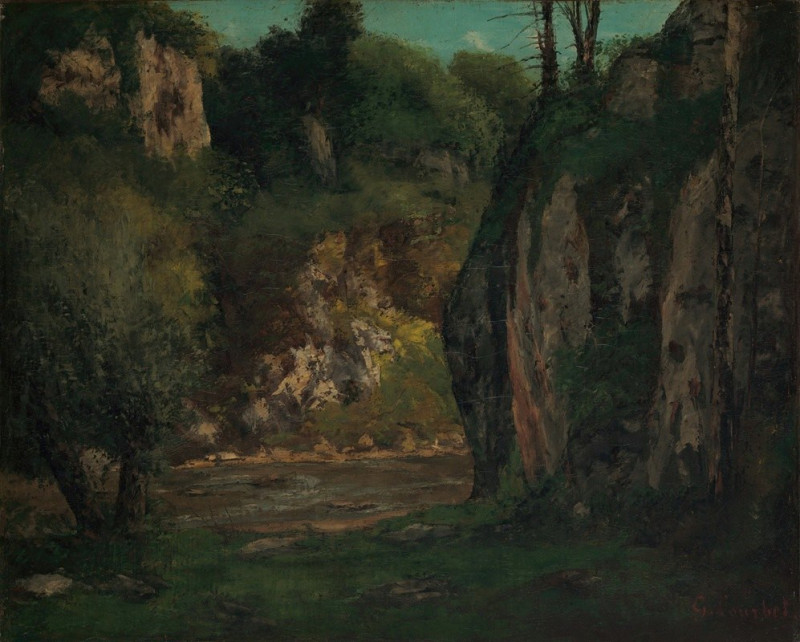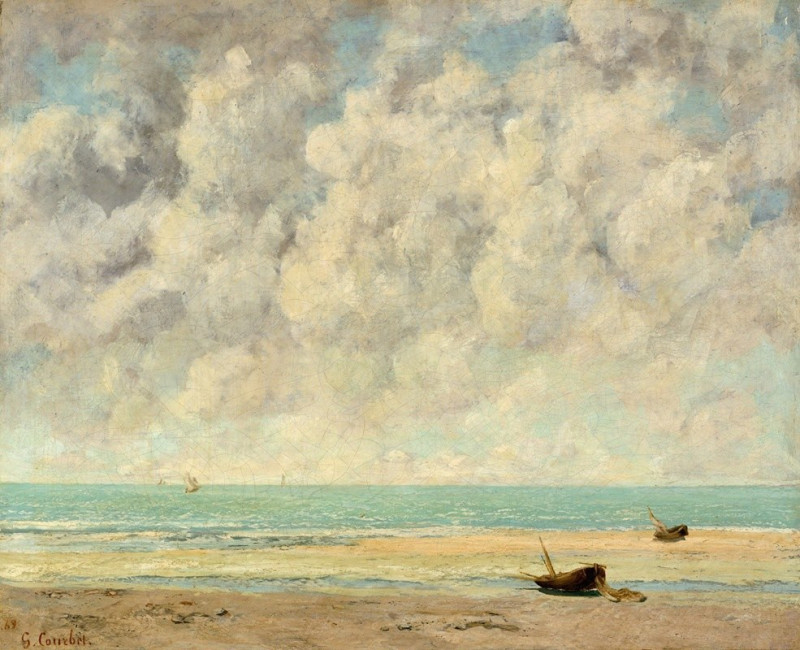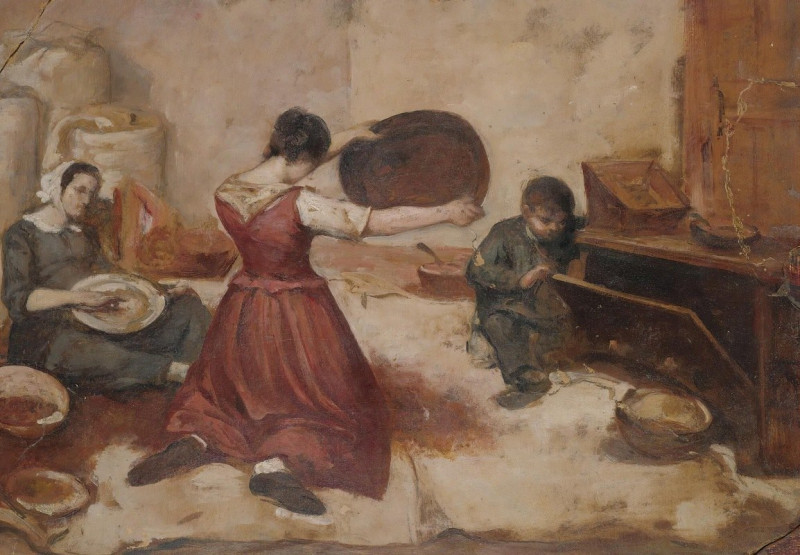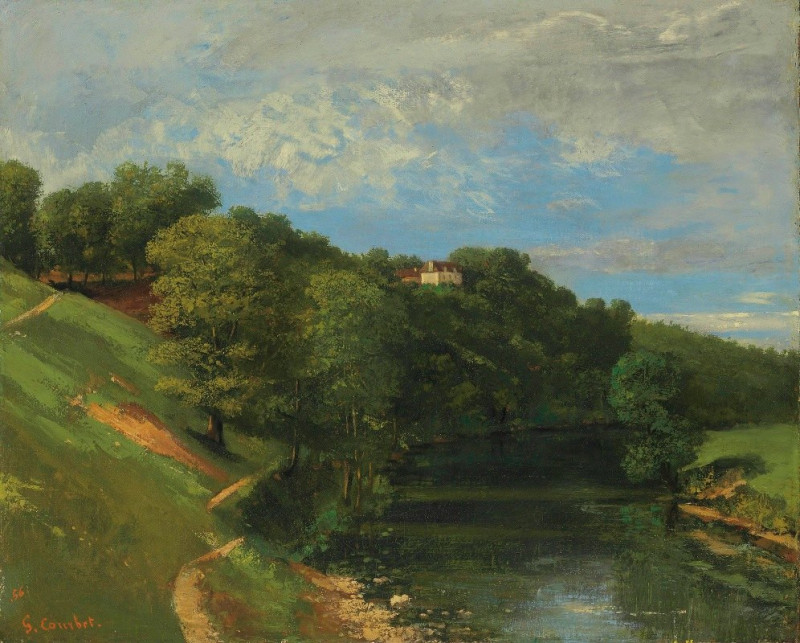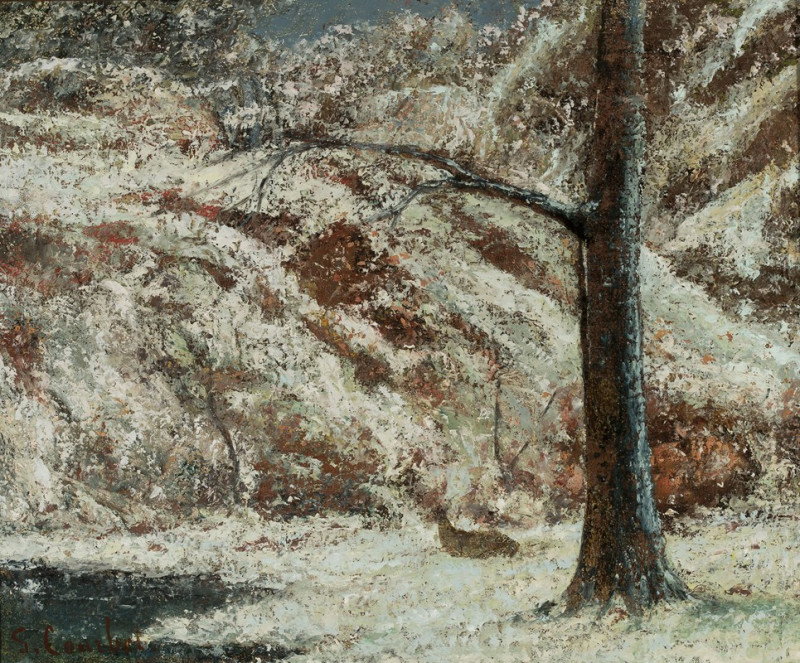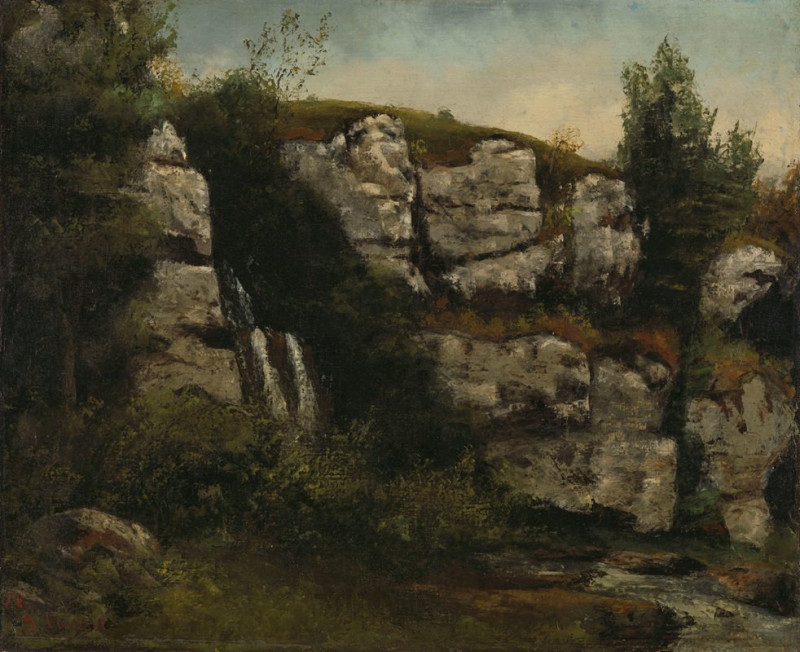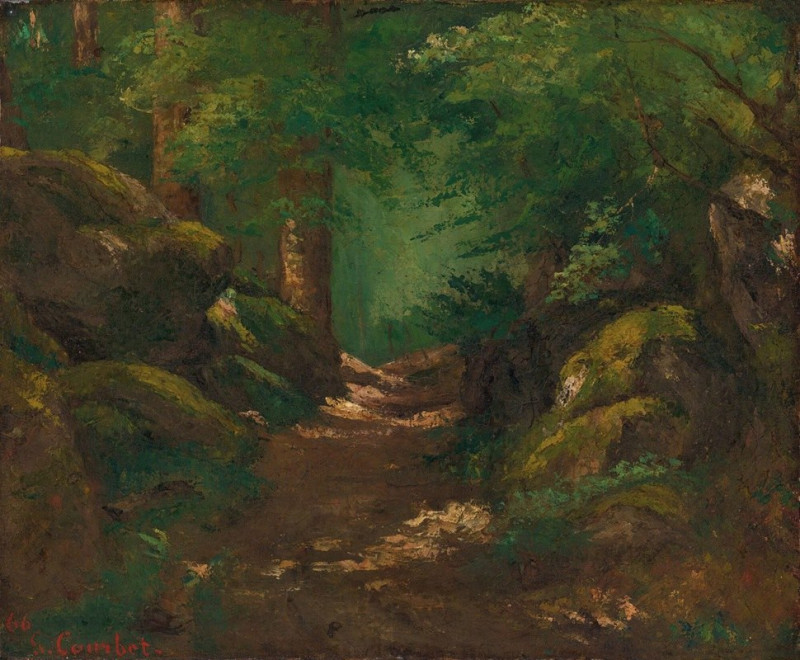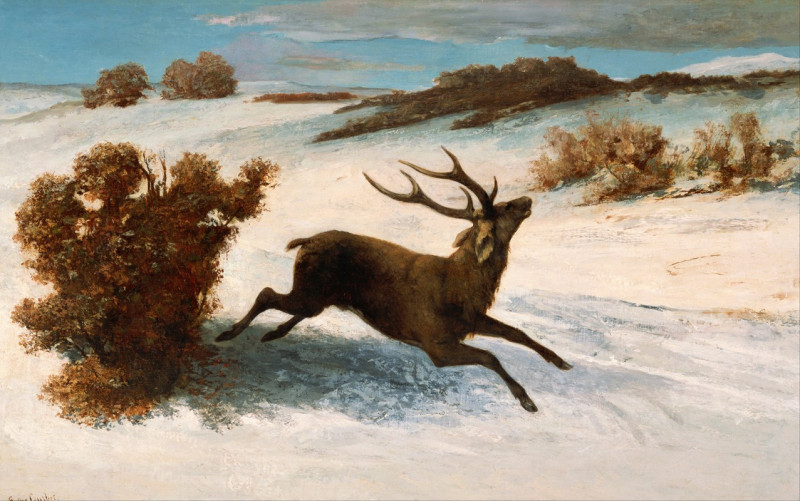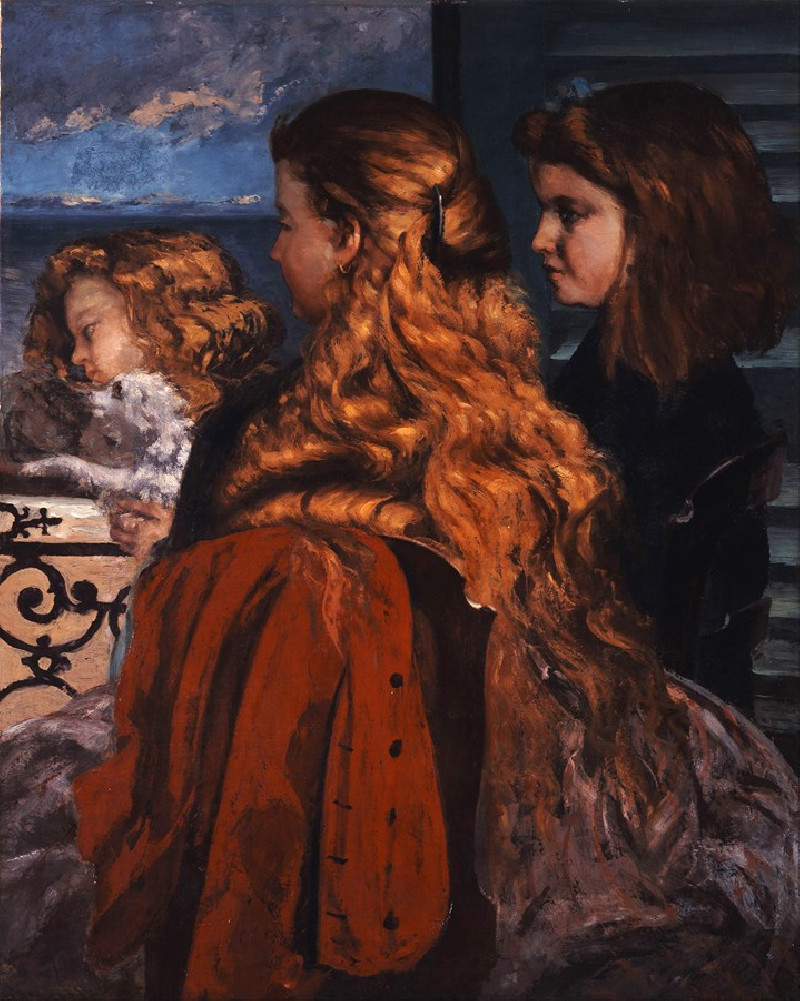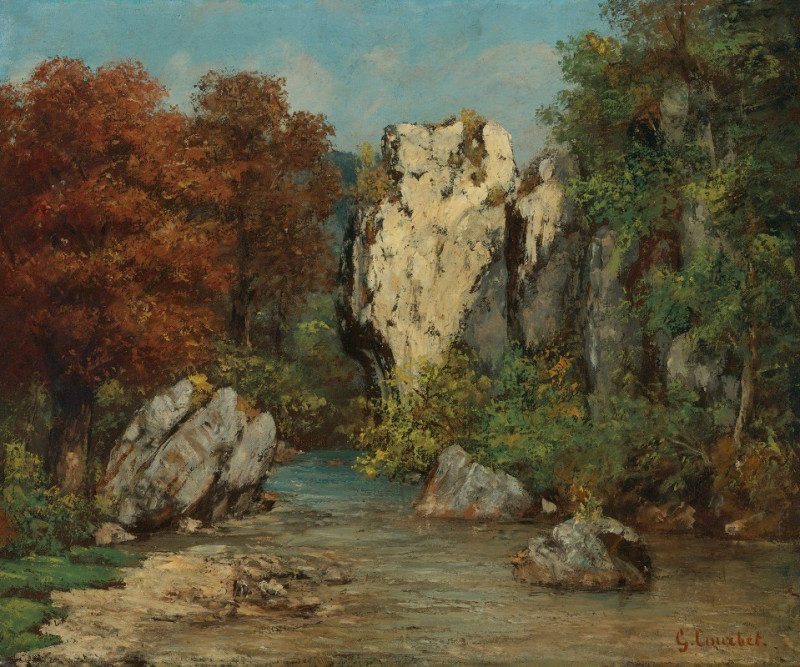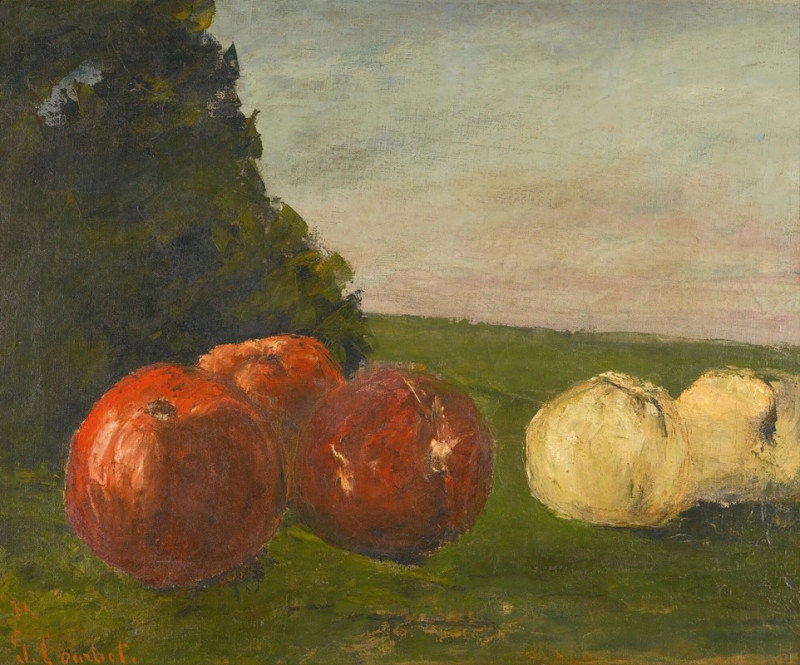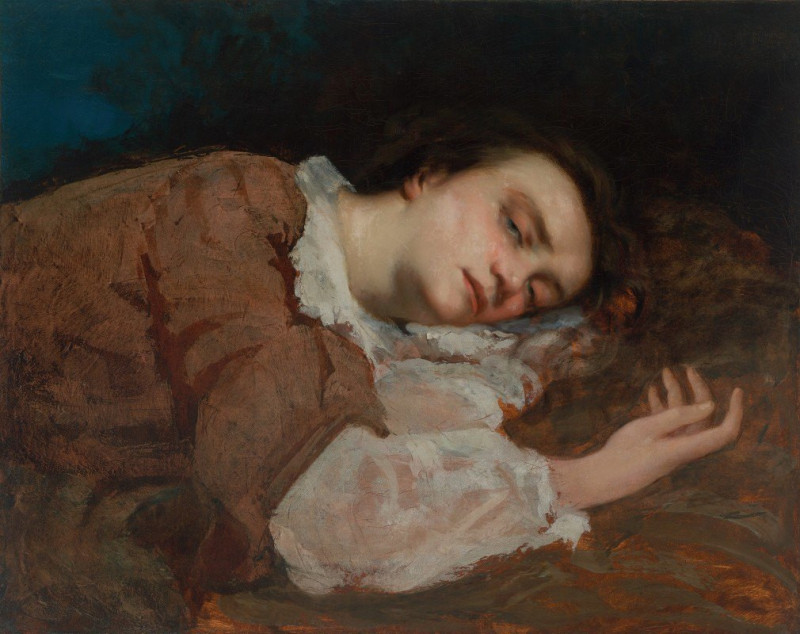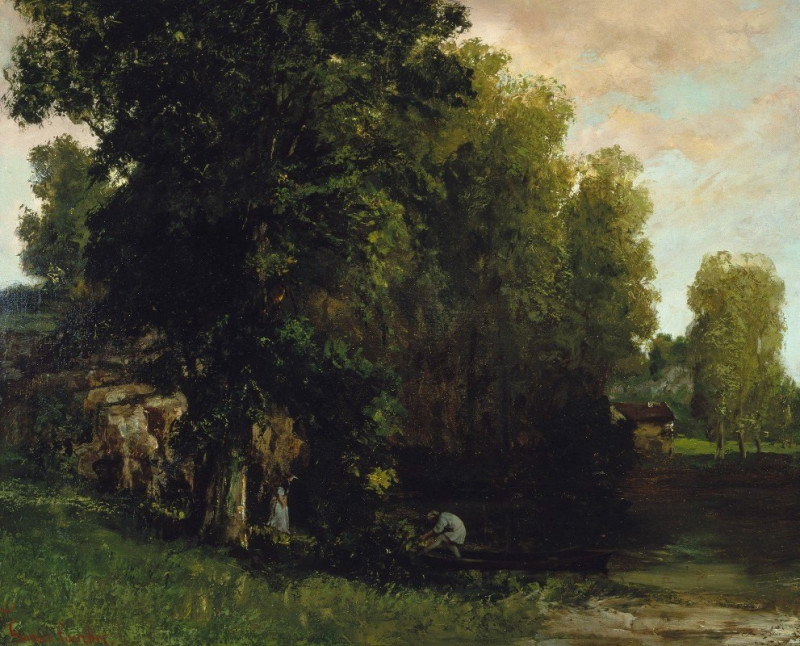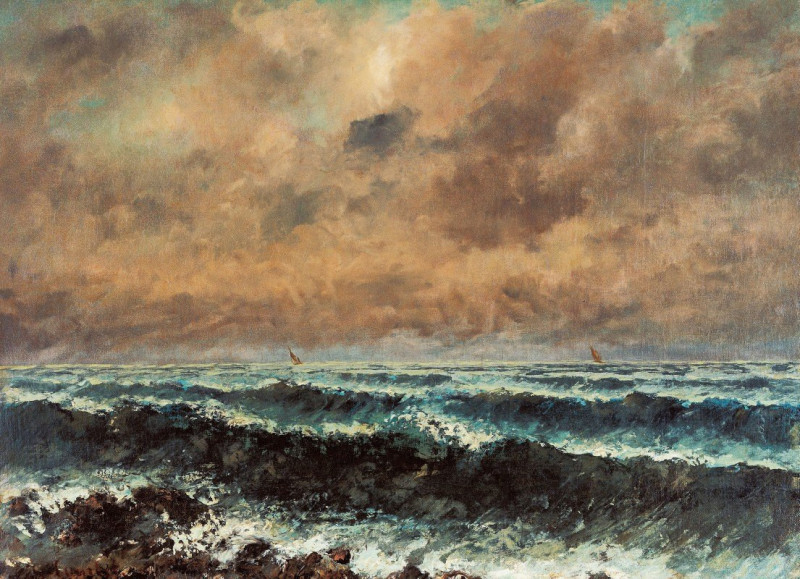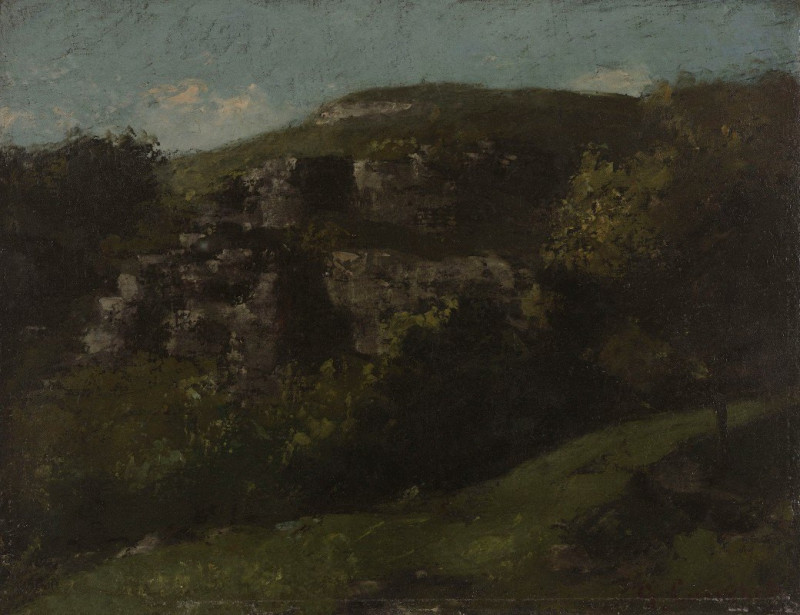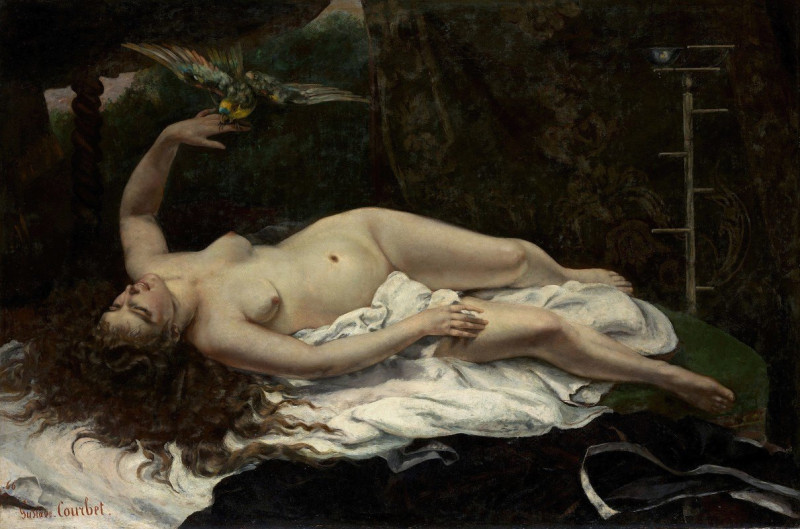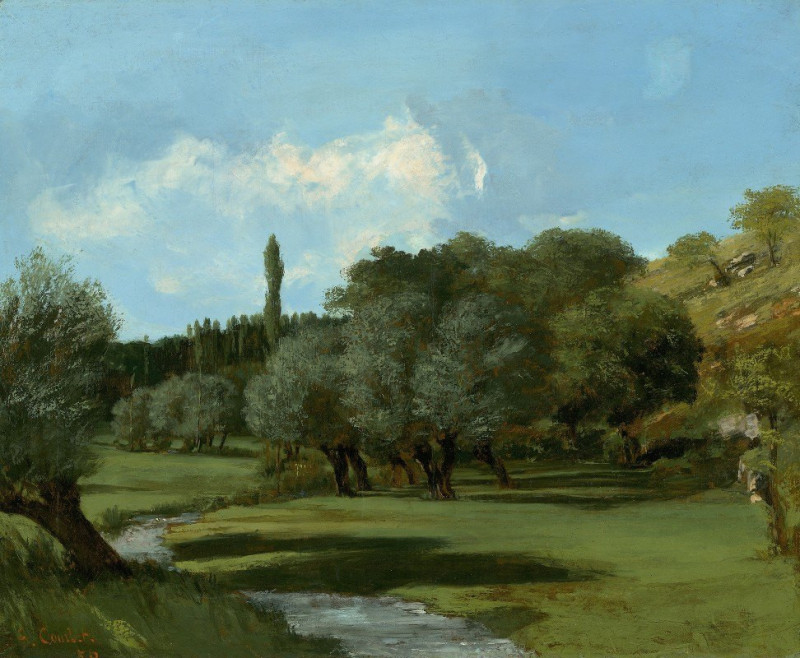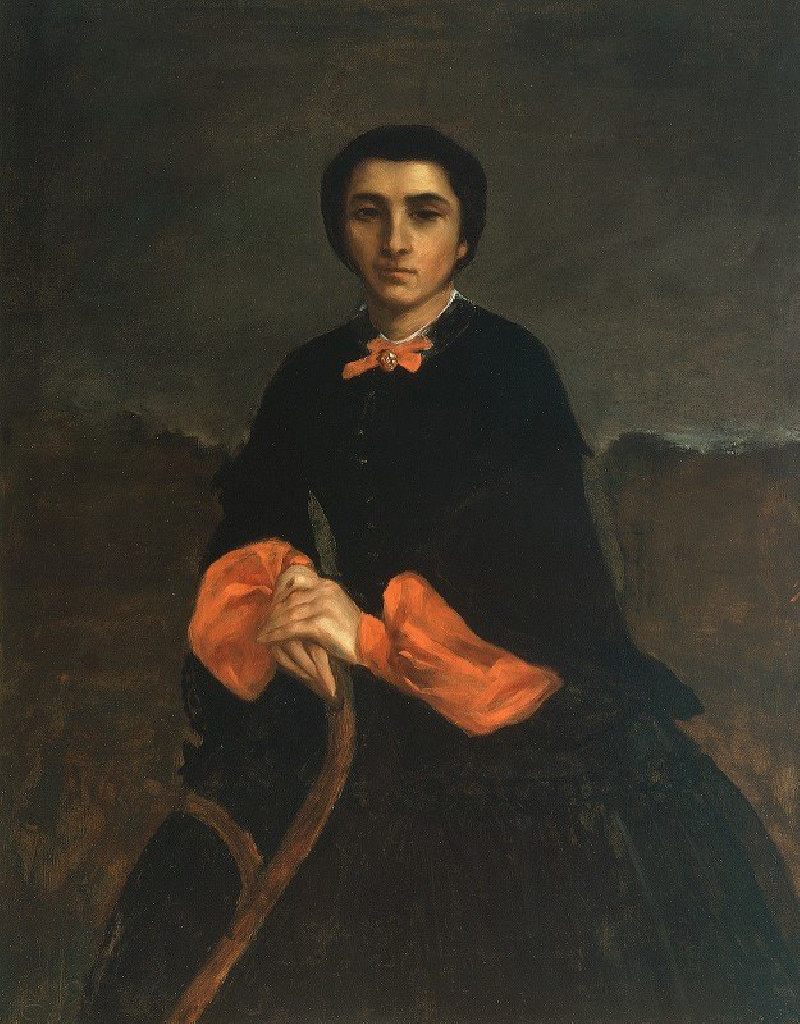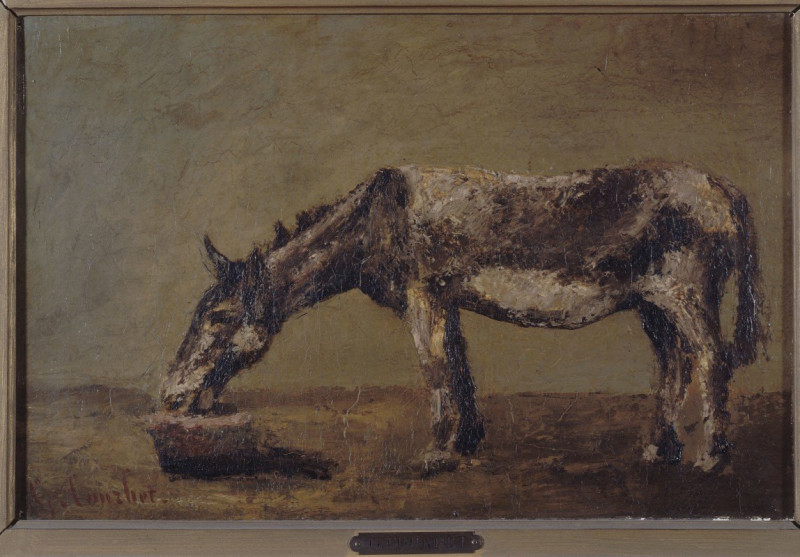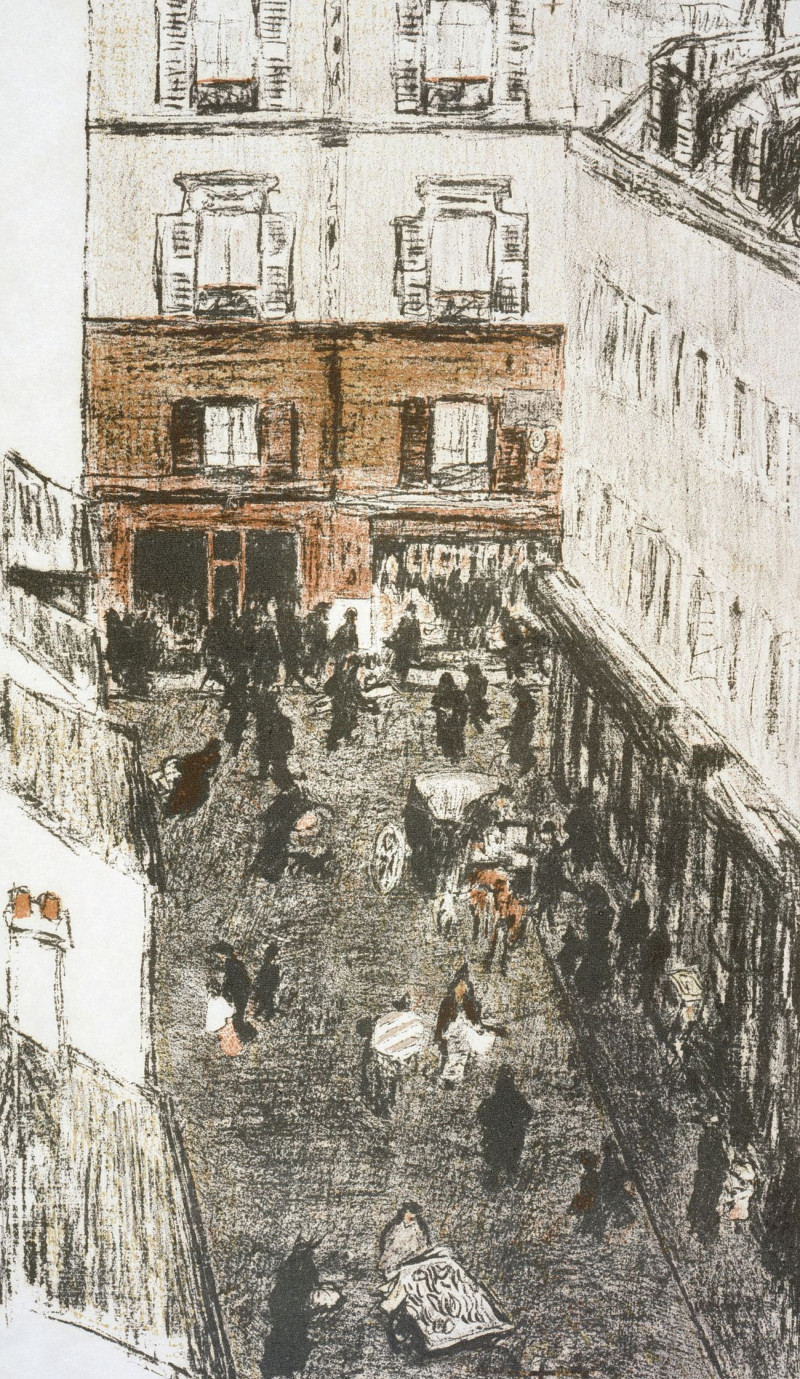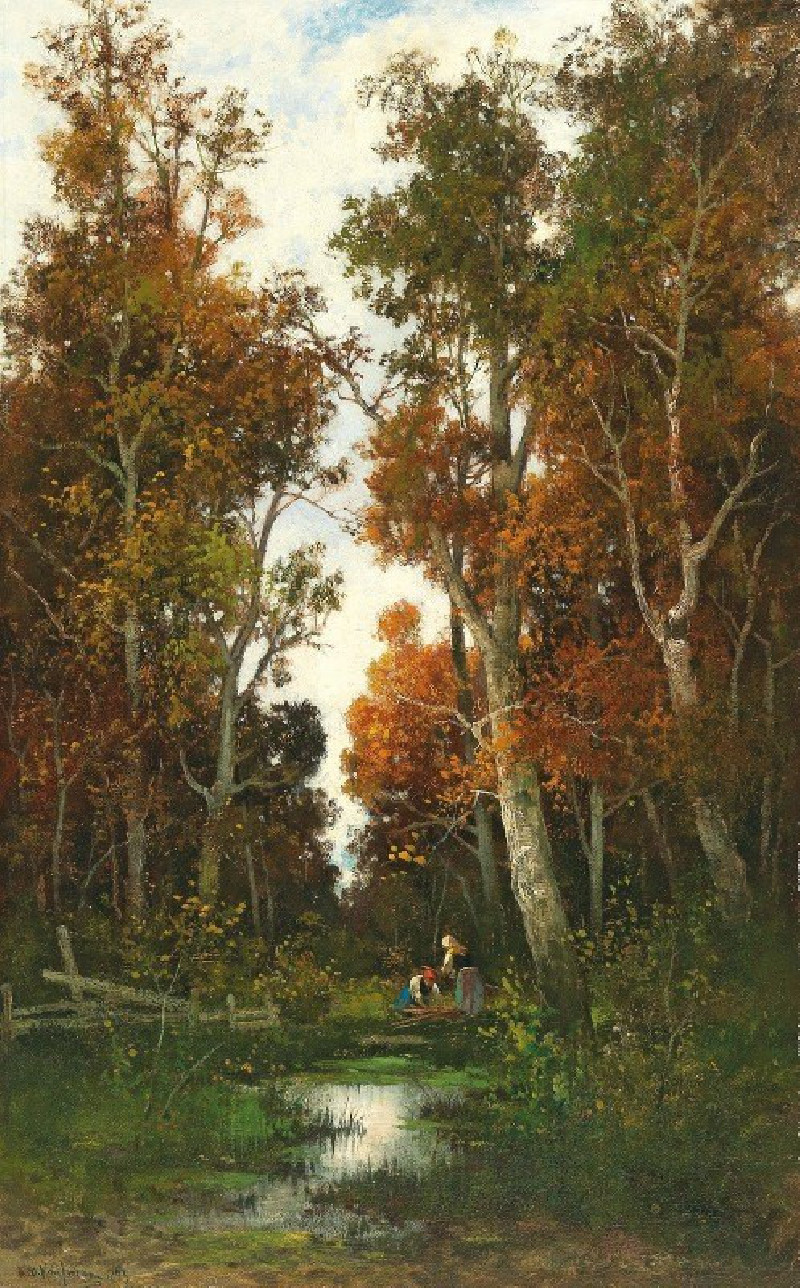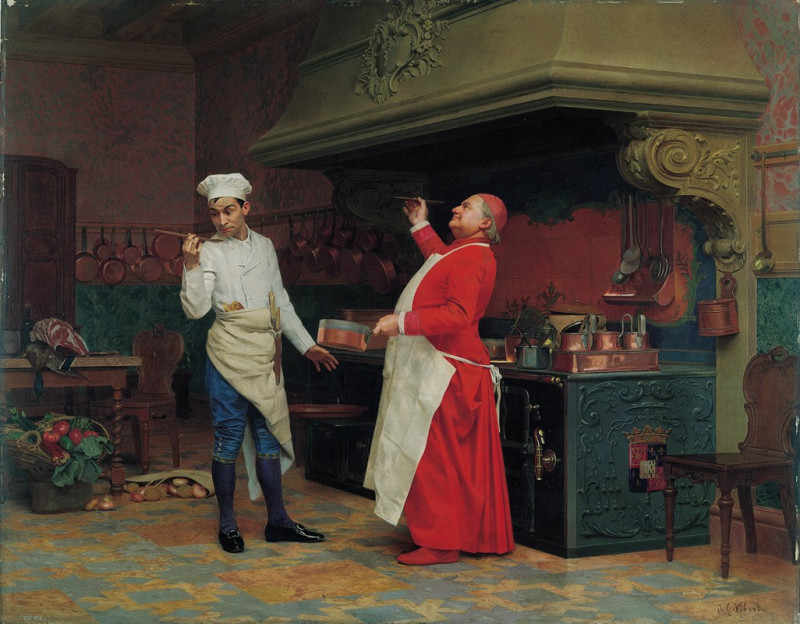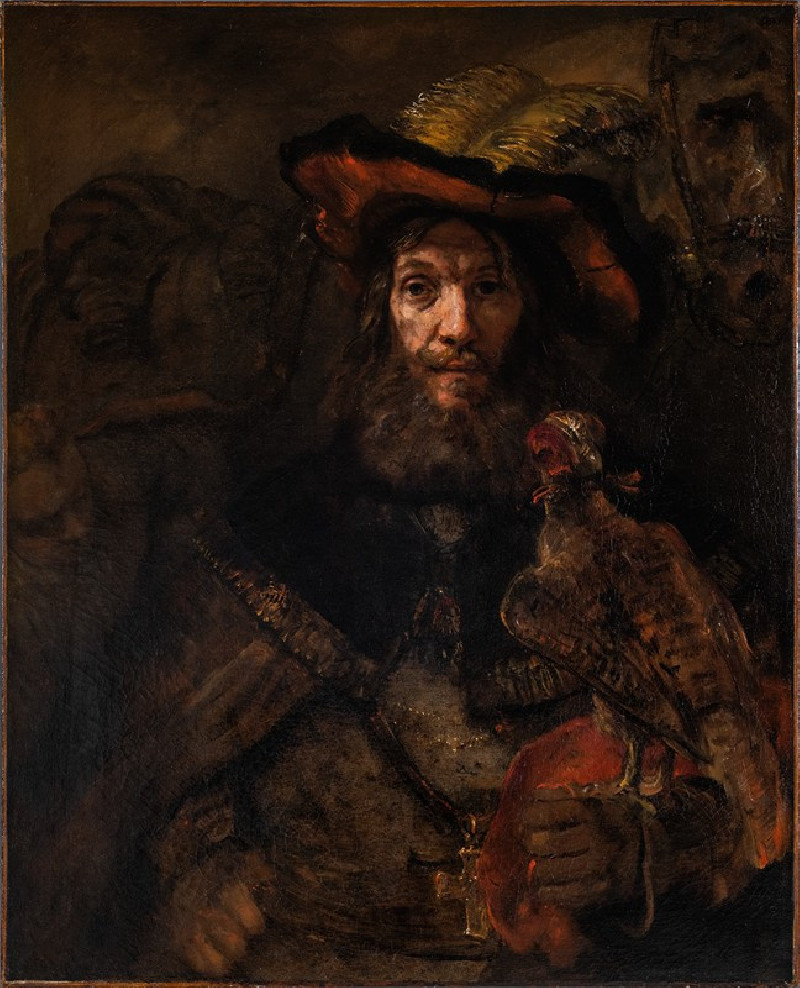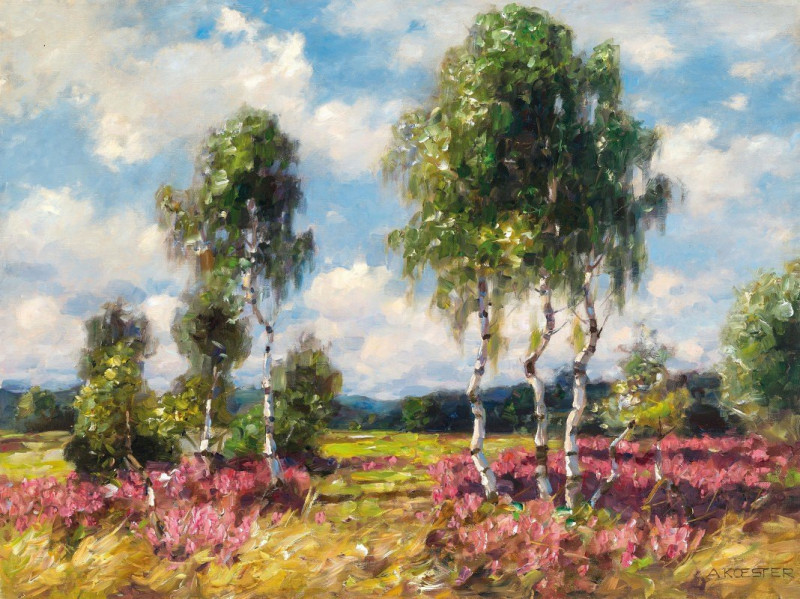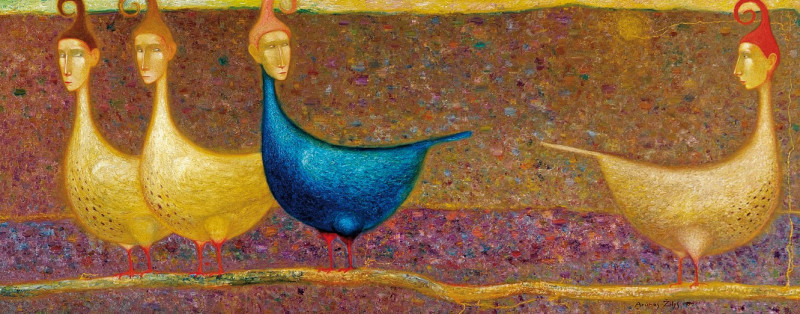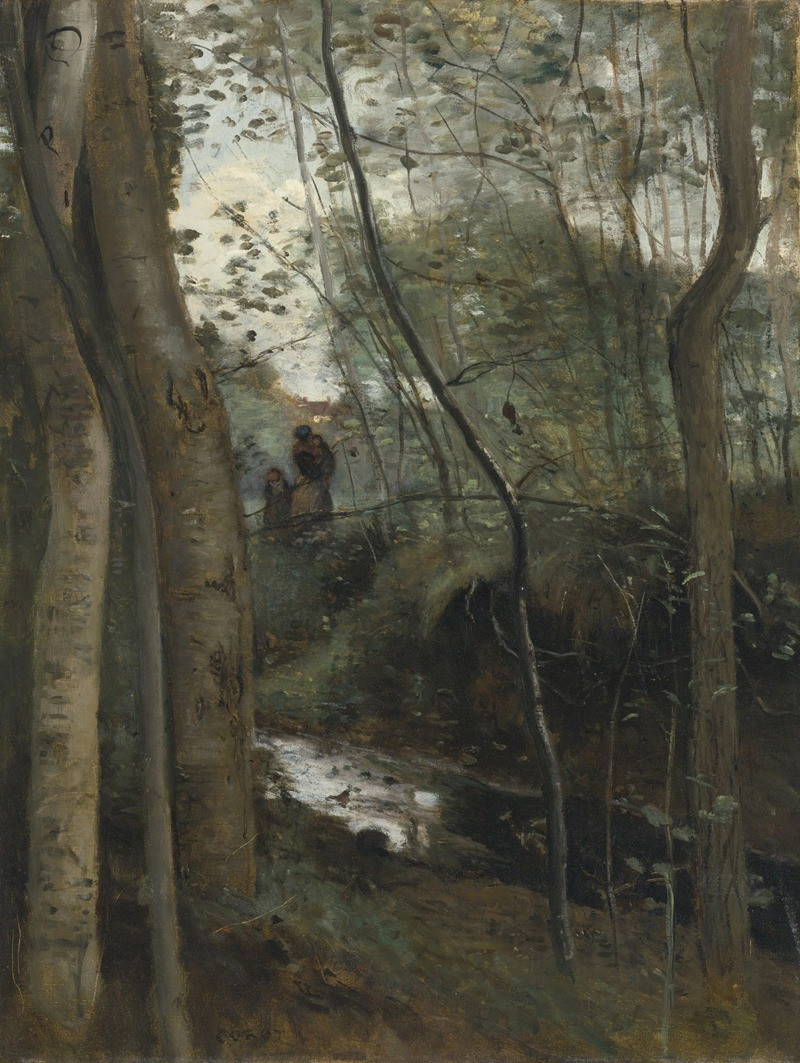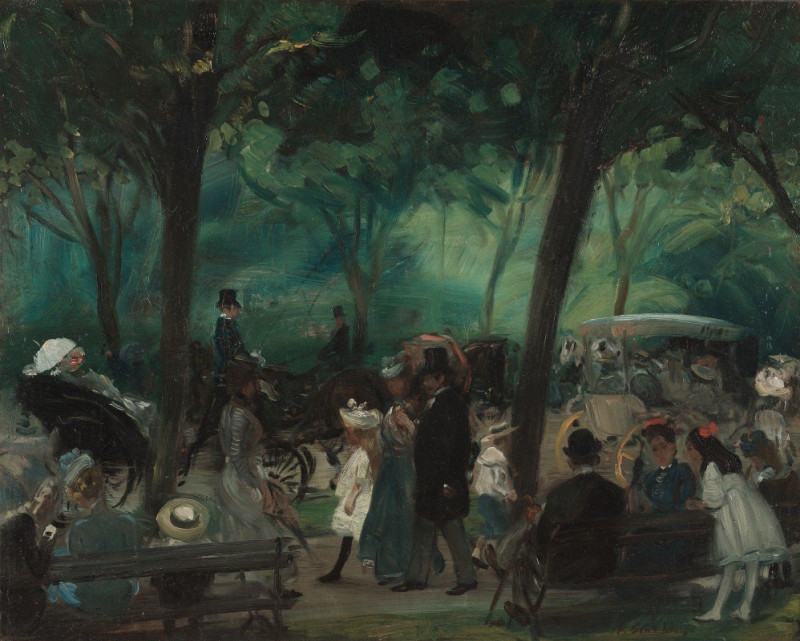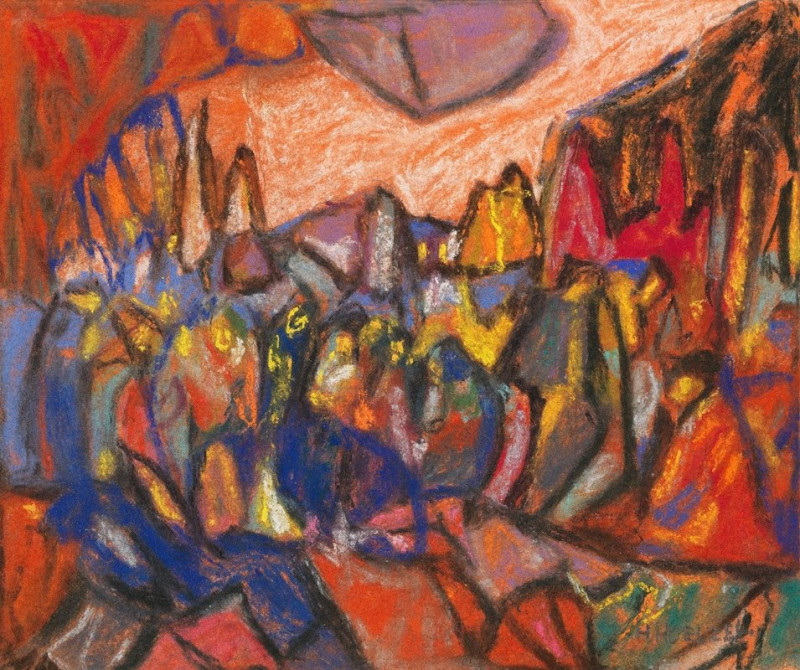Cliff By The Water
Technique: Giclée quality print
Recommended by our customers
More about this artwork
"Cliff By The Water" is a mesmerizing landscape painting by the renowned French artist Gustave Courbet. Rendered with a remarkable sense of realism, this artwork depicts a dramatic coastal scene, showcasing Courbet's masterful handling of texture and natural light.The painting captures a rugged cliff face that boldly confronts the viewer, its dark, stony surfaces contrasting sharply against the soft, verdant green of the bushes atop it. Below, the tumultuous sea churns in shades of deep blue and foamy white, evoking the raw power and ceaseless motion of the ocean.Above, the sky opens into a vast expanse of lighter blues and gentle pastel clouds, suggesting a serene atmosphere that juxtaposes the wildness of the sea. The composition masterfully balances the elements of earth, water, and air, drawing the viewer into a vivid portrayal of nature's sublime beauty.This work exemplifies Courbet's skill in capturing the essence of natural landscapes and his ability to evoke emotion through the physicality of his paint application.
Delivery
Returns
Jean Désiré Gustave Courbet (10 June 1819 – 31 December 1877) was a French painter who led the Realism movement in 19th-century French painting. Committed to painting only what he could see, he rejected academic convention and the Romanticism of the previous generation of visual artists. His independence set an example that was important to later artists, such as the Impressionists and the Cubists. Courbet occupies an important place in 19th-century French painting as an innovator and as an artist willing to make bold social statements through his work.

